May 24, 2025 | 16:20 GMT +7
May 24, 2025 | 16:20 GMT +7
Hotline: 0913.378.918
May 24, 2025 | 16:20 GMT +7
Hotline: 0913.378.918
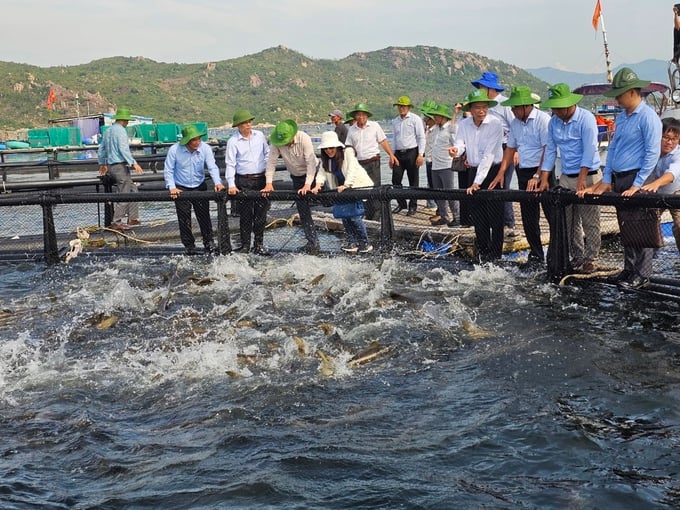
High-tech marine farming pilot model in Cam Lap commune, Cam Ranh city, Khanh Hoa province. Photo: KS.
After one year of implementation and support for 10 households piloting high-tech mariculture with HDPE cages, Mr. Nguyen Duy Quang, Director of Khanh Hoa Department of Agriculture and Rural Development, reported that six of them had evaluated the effectiveness of the harvest gain breakthrough in comparison to traditional cage farming. In which, the cobia farming model achieves an average profit rate of 172%, the lobster farming model reaches 112%, and the grouper farming model reaches 131%.
The Mayor of Cam Ranh City, Mr. Le Ngoc Thach, expressed the desire of the people for the model to be duplicated, following the successful implementation of the model in the opened water of Cam Lap. Nevertheless, the investment capital for HDPE cages is of a high value, which necessitates a support policy. Additionally, the water surface must be allocated to ensure that the sea can be farmed without concern, as a specific agricultural area has not yet been established. Local authorities are currently anticipating the release of the national marine spatial planning, which will determine the allocation of water surface areas to aquaculture households in accordance with regulations.
Mr. Do Trong Thao, Director of the State Bank of Vietnam - Khanh Hoa branch, stated that the bank has sent a document to the Department of Agriculture and Rural Development requesting a list of fishermen, enterprises, addresses, contact phone numbers, and loan needs for participating in the transition from traditional cage farming to HDPE cages and other technologies. This information will be accessible to commercial bank branches in the area. Subsequently, credit will be granted to enterprises and fishermen contingent upon the project's feasibility assessment during the application of the VND 30,000 billion credit package.

People evaluate that the high-tech sea farming model has outstanding efficiency. Photo: KS.
In the near future, the State Bank's Khanh Hoa branch will persist in its instructions to commercial bank branches in the region to actively engage with, evaluate, and extend credit to customers who require assistance in transitioning to high-tech marine farming models at preferential interest rates. This will guarantee the efficiency and feasibility of the projects. Furthermore, the bank will collaborate with the Department of Agriculture and Rural Development to conduct a conference on the connection between banks and enterprises in this sector soon.
According to Mrs. Nguyen Thi Hai Binh, General Director of STP Group, the company has mastered the technology of HDPE enclosures. The company produces a variety of HDPE enclosures, including square and round models, that are appropriate for sea areas within or beyond 3 nautical miles. The current cost has been reduced by one-third in comparison to previous prices.
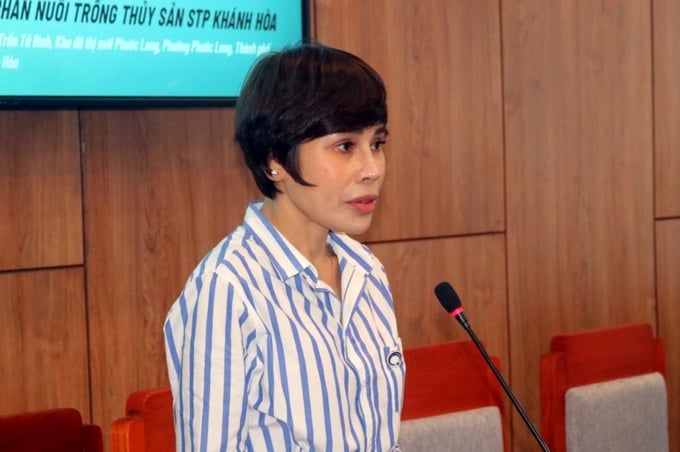
Ms. Nguyen Thi Hai Binh, General Director of STP Group Company. Photo: KS.
Mrs. Binh suggested that the province permit the company to collaborate with Vingroup and other enterprises to offer installment loans and lease HDPE cages to increase the use of HDPE cages. The company will submit a proposal to the Department of Agriculture and Rural Development in response. Nevertheless, Mrs. Binh noted that each cage system includes nets and anchors. Consequently, the company has a policy of requiring 50% of the payment in installments over two years, with the remaining 50% being paid by the producers.
Mr. Vo Van Nha, Director of the Research Institute for Aquaculture III, stated that the seed sources in the province are currently highly diverse and can be proactively sourced concerning the seed supply for marine farming. Nevertheless, the supply of crustaceans remains contingent upon imports, which account for approximately 70% of the total.
Numerous feeds have been commercialized, and research has been conducted in the field of industrial feed for marine fish aquaculture. Nevertheless, crustacean feed has not yet been commercially produced, although research has been conducted.
Nguyen Hai Ninh, Secretary of the Khanh Hoa Provincial Party Committee, declared that the objective of today's meeting is to identify and resolve roadblocks in the expansion of the high-tech marine aquaculture model throughout the province, following the exchange of opinion. This will assist residents and enterprises engaged in marine aquaculture in enhancing economic value and achieving sustainable development.
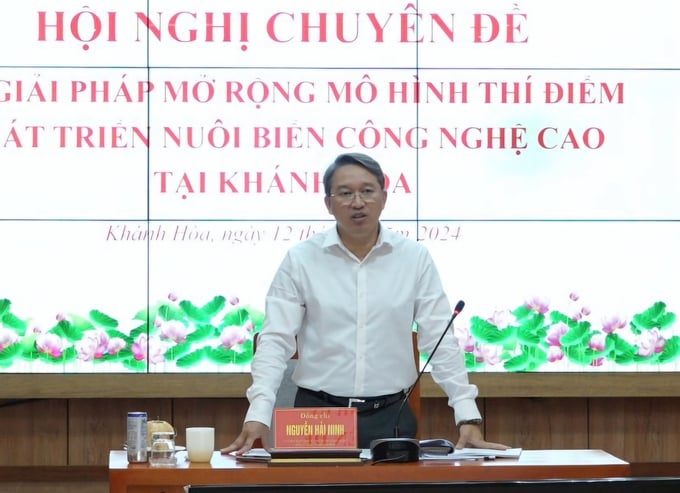
Secretary of Khanh Hoa Provincial Party Committee Nguyen Hai Ninh. Photo: PC.
Continue to survey potential marine agricultural areas to ascertain the feasibility of expansion.
Local authorities are required to evaluate and classify all farming households and prevent the unauthorized expansion of cages to fulfill their local responsibilities.
The provincial People's Committee should allocate marine areas for aquaculture to residents and organizations and plan agricultural areas for provincial planning.
The Khanh Hoa branch of the State Bank, in collaboration with relevant departments, should conduct credit policy research to assist inhabitants in transitioning to HDPE cages.
Bao Viet Insurance Company should develop and report proposals for asset and personal insurance policies for individuals who work on aquaculture cages and apparatus used for marine farming activities in conjunction with the development of insurance policies.
To achieve high-tech cage standards, the provincial People's Committee should establish criteria and certification for high-tech cages. This will allow inhabitants to select and convert to HDPE cages at reasonable prices.
The provincial People's Committee should collaborate with scientists and extend an invitation to enterprises to invest in industrial feed processing facilities that offer preferential policies to address the supply of feed and seeds.
The Provincial Cooperative Alliance is tasked by the Secretary with contributing to the establishment of marine agricultural cooperatives through cooperative formation. Australis Vietnam Company is motivated to pursue research collaborations with residents to promote and advance marine aquaculture.
The provincial People's Committee should investigate additional issues, including infrastructure, market, and tourism integration, and suggest investments in agricultural infrastructure, including buoys and supply vessels.
Translated by Linh Linh
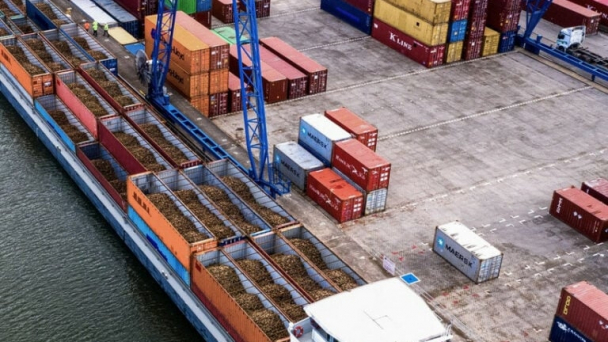
(VAN) The mutual export of agrifood products between the European Union (EU) and the United Kingdom (UK) must occur again without certification, border controls or other red tape. This was agreed at the UK-EU summit.
/2025/05/22/5121-2-173645_677.jpg)
(VAN) NBSAP Tracker identifies strengths and areas for improvement in the National Biodiversity Strategy, based on each region’s priorities and capacities.
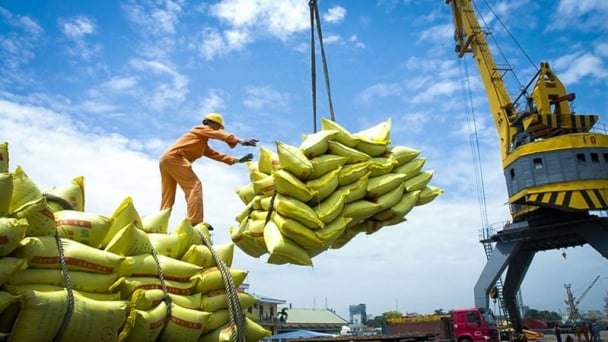
(VAN) The draft amendment to the Circular on rice export trading stipulates a periodic reporting regime for rice exporting enterprises.
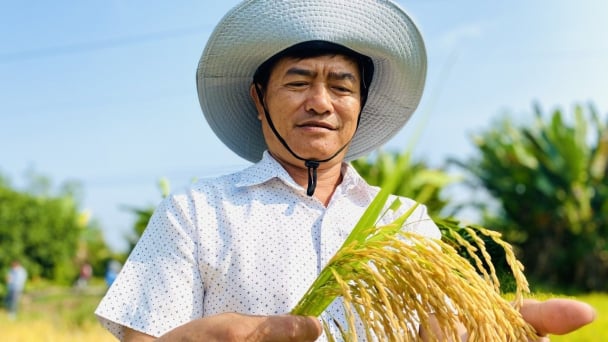
(VAN) Dong Thap farmers attained an average profit margin of 64% during the summer-autumn 2024 crop (first season), while An Giang and Kien Giang farmers followed with 56% and 54%, respectively.
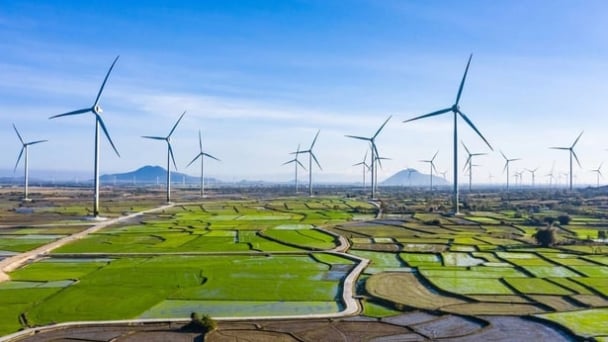
(VAN) As a doctoral student doing research on renewable energy and electrification at Harvard University, the author shares his musings on electricity, nature, and countryside memories.
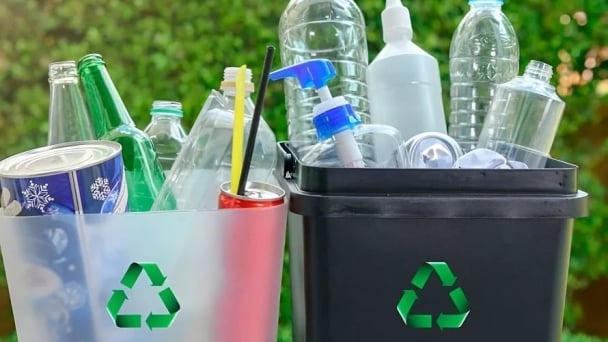
(VAN) The decree on Extended Producer Responsibility (EPR) ensures transparent management and disbursement of support funds, avoiding the creation of a “give-and-take” mechanism.
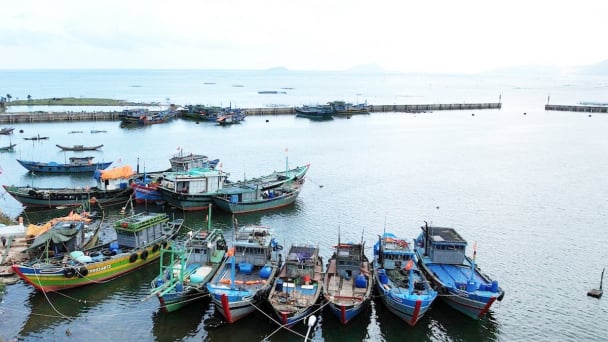
(VAN) Hue City rigorously enforces regulations regarding marine fishing and resource exploitation, with a particular emphasis on the monitoring of fishing vessels to prevent illegal, unreported, and unregulated (IUU) fishing.